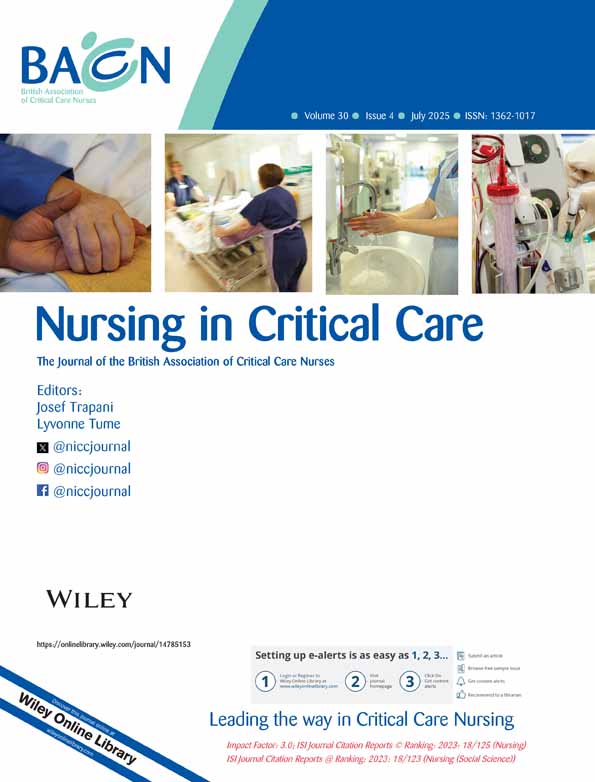Exploring the Longitudinal Changes in Arterial Blood Gas Levels Following Cardiac Surgery: A Multivariate Longitudinal Model
Funding: This study was supported by Vice-chancellor for Research and Technology, Baqiyatallah University of Medical Sciences, Iran (project No. 401000234).
ABSTRACT
Background
Understanding the factors influencing alterations in arterial blood gas (ABG) is essential for enhancing patient results, averting complications tied to abnormal blood gas levels and, in turn, elevating the quality of care in cardiac surgery.
Aims
This research aims to evaluate the longitudinal change trends in ABG values and their associated factors in the post-operative phase for individuals undergoing coronary artery bypass graft (CABG) and cardiac valve replacement procedures.
Study Design
In this retrospective cohort study, we enrolled all patients who underwent CABG and cardiac valve replacement surgeries in a cardiac hospital in Tehran, Iran from March 2021 to March 2022. We used the multivariate generalized linear mixed model (MGLMM) for assessing the ABG parameter change trends and its associated factors.
Results
Out of 254 included patients, 92 (36.20%) were female and 162 (63.80%) were male. The standard errors of the parameter estimates in the MGLMM were smaller than those in the GLMM. So, the results of the MGLMM showed that the variables of age (p < 0.001), gender (p < 0.001) and ejection fraction (EF) (p = 0.032) had a significant association with the mean changes of pH; the variables of age (p = 0.031), chest-tube type placement (p = 0.014) and type of surgery (p = 0.007) with PaCO2; the variables of age (p < 0.001) and chest-tube type placement (p = 0.034) with pO2; the variables of age (p < 0.001), BMI (p = 0.017), chest-tube type placement (p = 0.015), smoking (p = 0.038) and having pulmonary disease (p < 0.001) with sO2; the variables of age (p = 0.008), gender (p = 0.001) and aorta clamp time duration (p = 0.020) with BE; and the variables of gender (p = 0.044) and aorta clamp time duration (p = 0.041) with HCO3 (p-value < 0.05).
Conclusion
Post-operative ABG results were significantly affected by a variety of factors, including age, gender, left ventricular EF, chest-tube placement, surgical techniques and some other patient-specific and medical care-related variables. The research findings emphasize the need for individualized monitoring and assessment of ABG levels based on patient-specific factors.
Relevance to Clinical Practice
This study highlights the dynamic changes in ABG parameters following cardiac surgery and its determinants simultaneously. Our findings can also help nurses to predict the occurrence of acid–base disorders. Appropriate planning will be possible to prevent or obstruct their progression and provide better care.
Conflicts of Interest
The authors declare no conflicts of interest.
Open Research
Data Availability Statement
The data that support the findings of this study are available from the corresponding author upon reasonable request.




